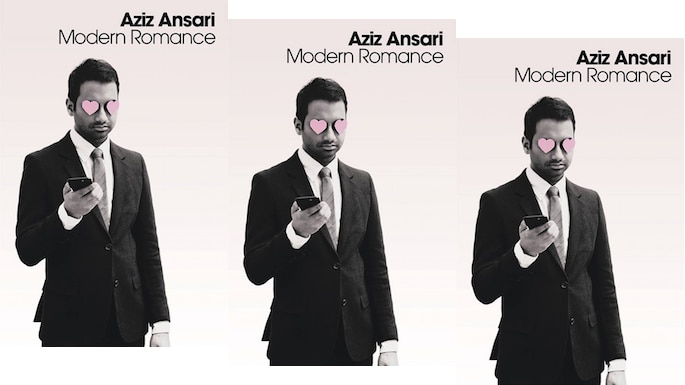


Titled “ How comedians became public intellectuals'', Garber took female comedian Amy Schumer as a prime example, explaining that comedians are increasingly able to assert considerable influence within the public sphere not only via social media but also by establishing a constant information cycle between the comedian, journalistic gatekeepers, and ordinary viewers in the hybrid media system. While the conceptualization of comedians as public intellectuals has been explored in the academic field (see Belanger, 2017), one of the first formulations of this idea was an opinion piece in the Atlantic by Megan Garber. Following this train of thought, in this article, I will explore the connection between contemporary comedians and the notion of the public intellectual, first by examining existing explorations of such interrelations and later via a case study of comedian Aziz Ansari's public persona. As we take our daily dose of Trevor Noah or Samantha Bee, we are both entertained and, more importantly, intellectually challenged by these artists to take up more active roles as citizens.įar from following the school of thought exemplified by “l'art pour l'art” ( Art for art’s sake), as these artists become “ spokespersons for multiple points of view and advocates for a critique of society” (Becker, 1997, p.18), they have seemingly assumed the role of public intellectual. Alternatively, if, following Jodi Kushins’ inclusion of Stephen Colbert's White House Correspondents' Dinner speech as an example of artistic contributions to political and social commentary (2006, p.2), we consider contemporary comedians performing artists, artists’ capacity to intervene in public debate becomes even more evident.


 0 kommentar(er)
0 kommentar(er)
